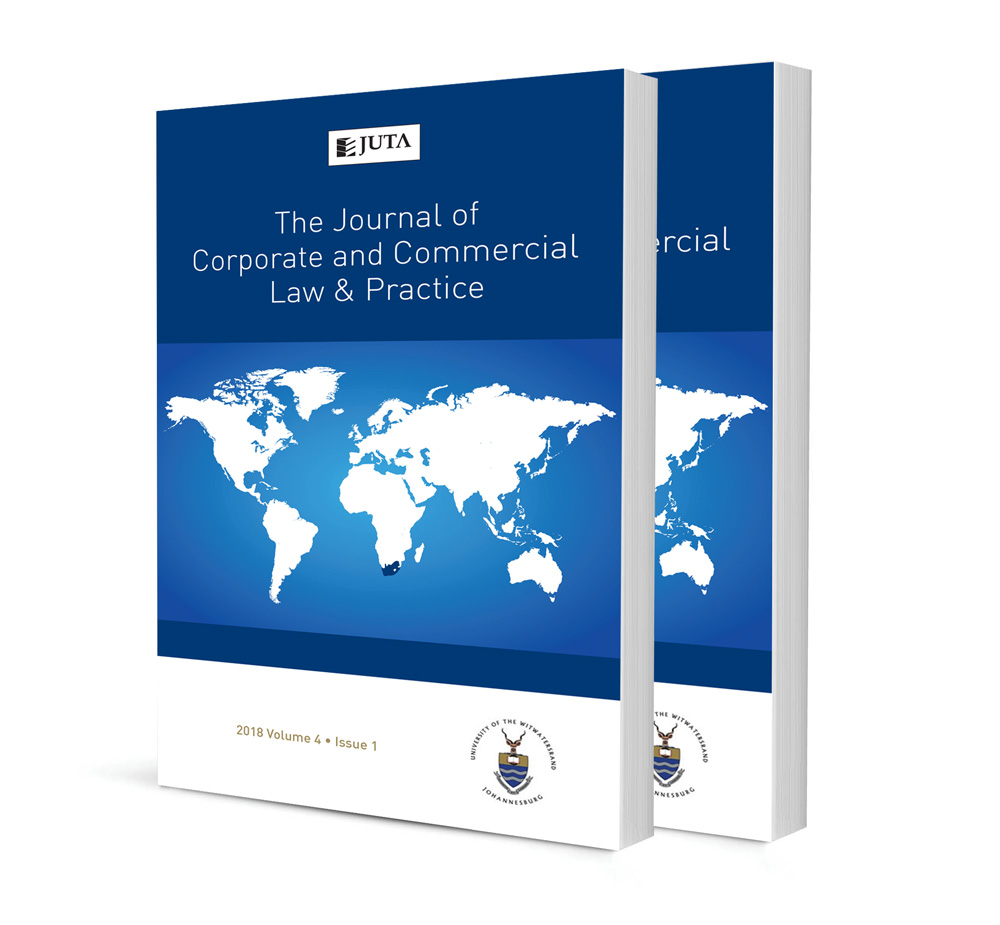The philosophy of business rescue law

The philosophy of business rescue law
Authors Owen Mokoena
ISSN: 2521-2575
Affiliations: PhD Candidate, School of Law, University of the Witwatersrand, Johannesburg
Source: Journal of Corporate and Commercial Law & Practice, Volume 5 Issue 1, 2019, p. 1 – 41
Abstract
It is a requirement that business rescue must provide for the efficient rescue and recovery of financially distressed companies in a manner that balances the rights and interests of all the relevant stakeholders or affected persons. However, is it necessary to balance the interests of all affected persons in order to achieve the objectives of business rescue? Moreover, is it possible to balance the interests of all affected persons during business rescue? To answer these questions, this article specifically evaluates the meaning and the purpose of business rescue. It analyses various theories that set out the philosophy of corporate rescue law and chooses the creditors’ bargain theory and risk-sharing theory. Based on both theories this articles establishes that, given the purpose of business rescue, it is not necessary to balance the conflicting rights and interests of various stakeholders to achieve the objectives of business rescue.